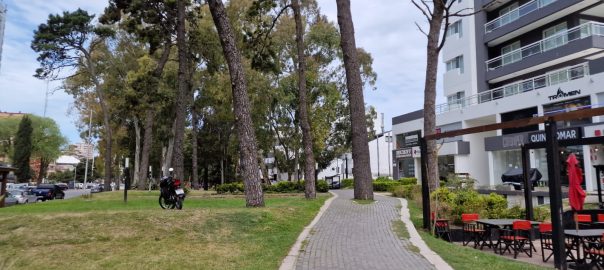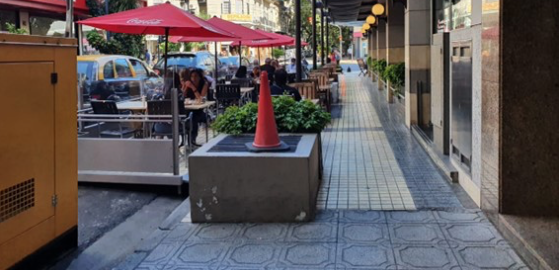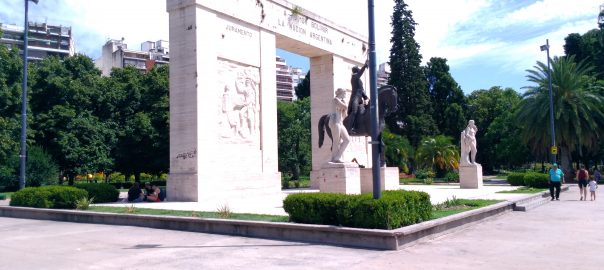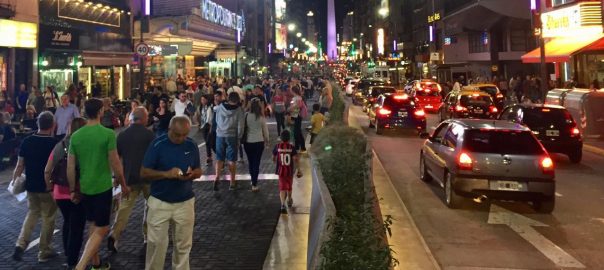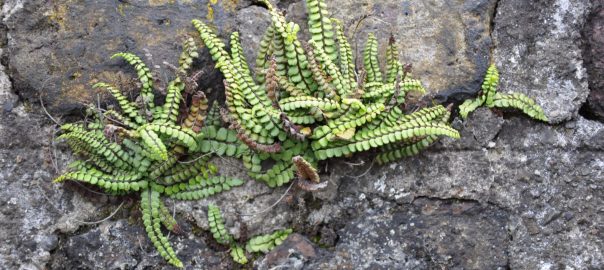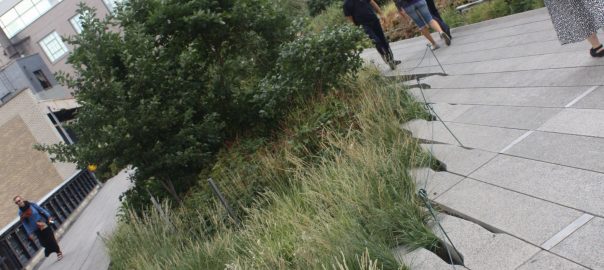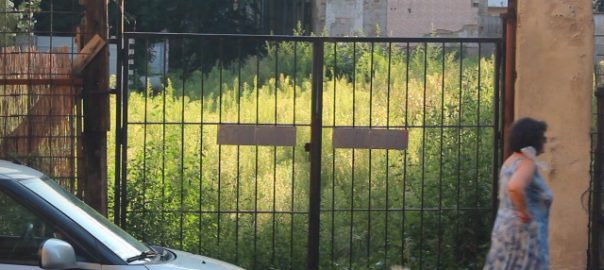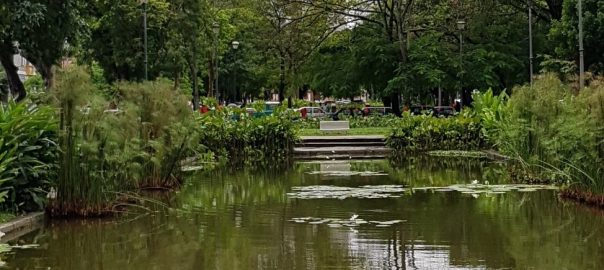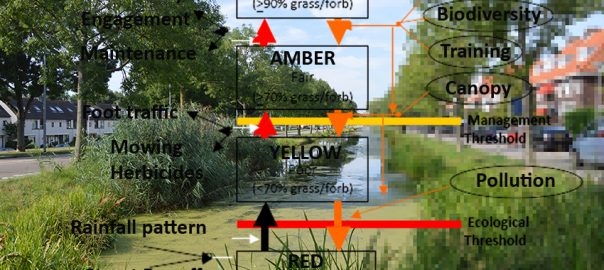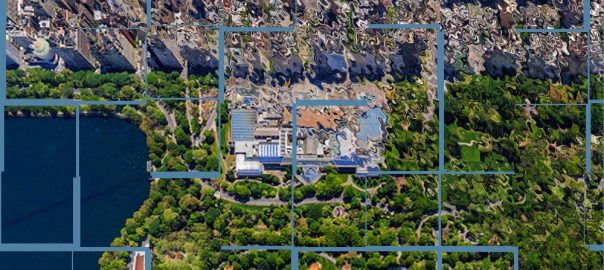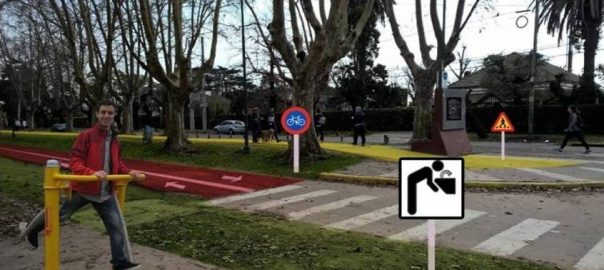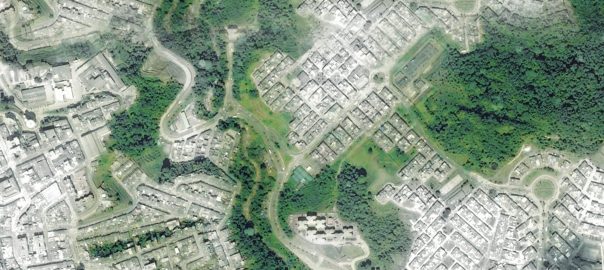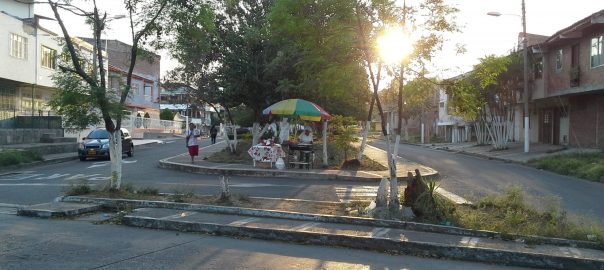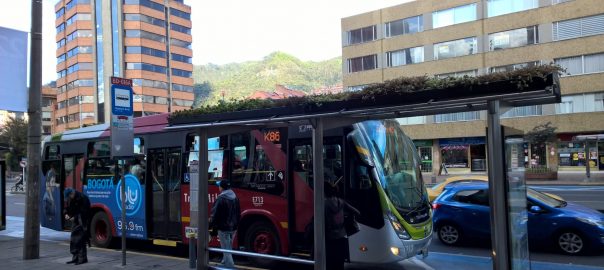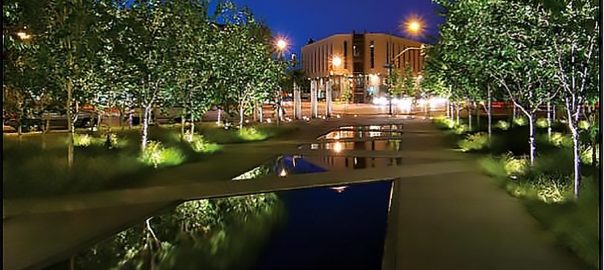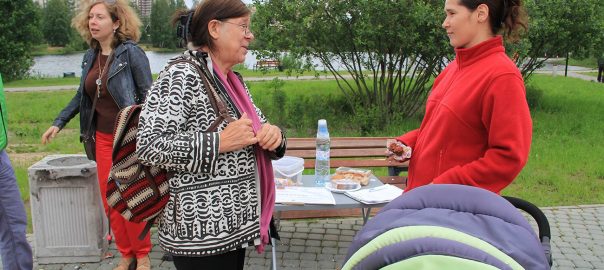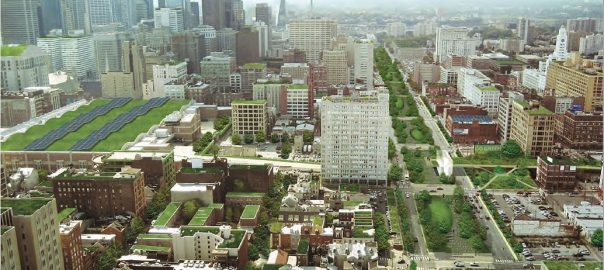More by this author at The Nature of Cities
-
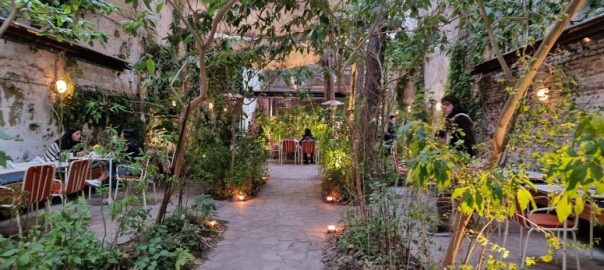
How Do Biophilic Design Approaches in Cafes and Restaurants in Buenos Aires Motivate Their Customers?
-

Pinamar: A Garden City Looking Towards a Sustainable Future
-

COVID-19 as an Accelerator to Rethink the City
-

Inappropriate Infrastructure Can Make Green Spaces Unlivable
-

What prevents us from creating cities that are better for people and nature? It doesn’t seem like a lack of knowledge—don’t we have enough research knowledge to act on better policy? So, what is the impediment?
-

Our goal is to empower cities to plan for a positive natural future. What is one specific action that should be taken to achieve this goal?
-

What is one thing every ecologist should know about urban ecology?
-

Let go of some urban domestication: How would you convince the mayor to re-wild the city?
-

The New Urban Agenda: Is the Compact City Ecologically More Favorable than Dispersed Forms?
-

Imagine an “ecological certification” for urban design. What are such a certification’s key elements?
-

You say po-TAY-to. What ecologists and landscape architects don’t get about each other, but ought to.
-

Linear Parks: The Importance of a Balanced, Cross-Disciplinary Design
-

What are the unifying elements of an urban ecology of the Global South and geographic south? Are they different than those in the north?
-

Case Studies from Colombia that are Valuable Across South America
-

Linear Parks: Meeting People’s Everyday Needs for Secure Recreation, Commuting, and Access to Nature
-

Green Infrastructure is Possible, and Necessary, for Communities at Multiple Scales
-

Urban Latin America: How’s it Going?
-

Sustainable Design is Useful, Beautiful, and Connected to People
-

10 scientists and 10 practitioners walk into a bar…what would they talk about? How can research and knowledge generation be co-created to better support practitioners and evidence-based decision making?
-

Complex and Useful, Green Is Infrastructure


